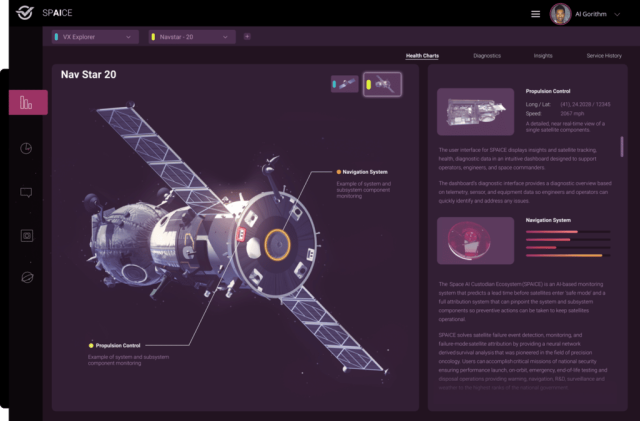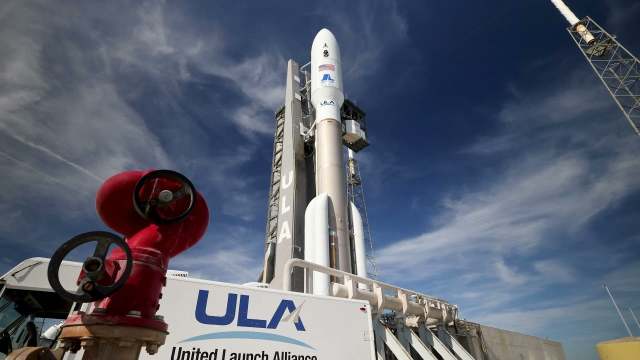The trained algorithms are incredibly effective in detecting non-obvious relationships in complex systems or signs of approaching events that are invisible at first glance. Therefore, they are increasingly being used to analyze the telemetry of remote equipment in order to respond to possible failures in advance. A logical field of application is cosmonautics, where predicting any incidents will give operators on Earth precious time to plan a response.
Apparently, the US military will be the first to try to use artificial intelligence technologies to track the "vital signs" of their satellites. According to the SpaceNews portal, the US Space Forces allocated 375 thousand dollars for the corresponding experiment. This amount will be received by the winning technology startup RS21 from Albuquerque, New Mexico. The company must implement its software on the computers of the ground control team of the STP program at the Lyndon Johnson Space Center in Houston before launching the STPSat-7 spacecraft into orbit.
The toolkit is called the Space Prognostic AI Custodian Ecosystem (SPAICE, "Ecosystem of the Space Predictive AI Guardian") and is designed to analyze telemetry coming from satellites. Integration into the MCC equipment will take place in several stages. First, artificial intelligence will be trained on the available data. And then, after the launch of STPSat-7, which is scheduled for 2023, SPAICE will monitor its status in real time and make recommendations to operators. It turns out that the startup does not have much time for all the preparations.
In addition, the already modest amount of funding looks quite insignificant against the background of the contract term — two years. During this time, RS21 engineers should not only test their brainchild in combat conditions, but also finalize the SPAICE taking into account the experience and comments of defense specialists. Nevertheless, Trisha Miller, the startup's director of research and development, believes that the funds will be enough to bring the software to the final version. In addition, the contract implies an increase in funding by another million dollars, if there is a reasonable need for it. Simply put, if the military likes the result, they will be ready to add money.

Funnily enough, as an example of a spacecraft in the screenshot of the SPAICE interface on the RS21 website, a model of the Russian Soyuz is used. And it is signed as a second-generation GPS navigation satellite (USA-63, aka GPS II-8, GPS SVN-21 and NAVSTAR 20). Probably, such an "Easter egg", in other promotional materials they use SpaceX Dragon of the first generation or other devicesImage Source: RS21
The STP (Space Test Program) is a research activity in the field of astronautics and astrophysics in the structure of the US Department of Defense (DoD). Many of the projects in its composition are not considered secret, and their results with a slight delay become available to civil organizations, including NASA.
The history of the program goes back to the 1960s, its results were not only important developments for the industry, but also technologies widely used by mankind. The first test satellites of the Global Navigation System (GPS) were created precisely within the framework of STP.
Usually, individual experiments or technology demonstrators developed under the auspices of STP are launched by separate satellites with the appropriate name. But sometimes, in one or another direction of work, the program requires the launch of a device that will serve as a carrier for several payloads at once.
Such satellites receive the STPSat name and number. Their characteristics depend on the specific mission. Planned for flight in 2023, STPSat-7, for example, is a small device weighing about 150 kilograms and launched as a passing payload into low Earth orbit.

